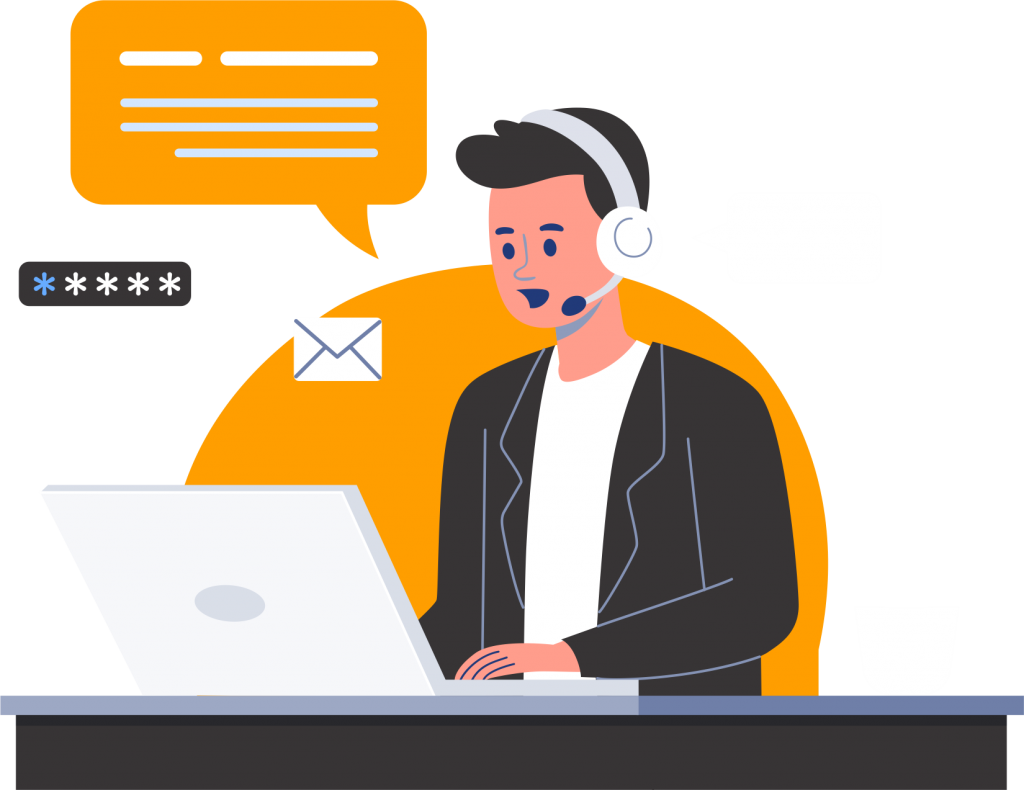Research has shown that if an e-commerce site takes longer than expected to load, visitors are less likely to make a purchase. One of the main culprits of slow-loading websites is large, under-optimized images. While image quality is undoubtedly important for showcasing products, image optimization is the real key to success in the online retail space.

What is Image Optimization?
Image optimization involves reducing the file size of images without compromising quality, in order to maintain low page load times. It also encompasses image SEO, which focuses on getting product images to rank highly on search engines like Google. The goal of image optimization is to create high-quality images with the smallest file size possible. Three main elements play a role in achieving this: image file size, compression level, and height and width dimensions.
Why Optimize Images?
Images are often the largest contributor to a webpage’s overall size, making them a major factor in slow load times. On average, unoptimized images account for 75% of a webpage’s weight. This can have a significant negative impact on website performance. By optimizing images, businesses can enjoy several benefits:
Improved Website Speed
Optimizing images for the web and mobile results in faster page load times, creating a better browsing experience for shoppers. A mere two-second delay in page speed can increase the bounce rate by 103%. Page speed refers to the time it takes for content to display on a page. It includes factors such as the overall page load time and the time it takes for the browser to receive the first byte of information from the webserver. Google has indicated that site speed is one of the signals used by its algorithm to rank pages. Slower pages may also cause search engines to crawl fewer pages, negatively impacting indexing.
Enhanced User Experience
Page speed is crucial for a visitor’s experience on a website. Delays as short as 1/10th of a second can be detected by users, and delays of just one second can interrupt their thought process. The BBC found that for every extra second of page load time, 10% of users will leave. Pages with longer load times tend to have higher bounce rates and lower average time spent on the page. By reducing page load times, businesses can improve user experience, leading to higher engagement, conversions, and customer retention. Additionally, improved user experience and interactions with the site positively impact search engine rankings.
Improved Search Performance
Optimized images help both users and search engines understand a website better, increasing the chances of content being seen online. Recent data shows that images are returned for 32% of search queries on Google. Image optimization can help rank product images in Google’s Image Search, driving more traffic to the website and building brand visibility. Visual search is also gaining importance, with 62% of Gen Z and millennial consumers desiring visual search more than any other new technology.
Techniques for Image Optimization
Use Descriptive Image Names
When uploading images to your website, it’s crucial to use relevant and descriptive file names. Instead of keeping the default name assigned by your camera, make sure to include relevant keywords that can help your webpage rank on search engines. For example, rather than using a generic name like “6f7f28fc-8679-40c7-a989-d408d4447744.jpg,” it would be better to name the file something like “Cervelo-Dura-Race-Triathlon-Bike.jpg.” Consider how your customers search for products on your website and use naming patterns that align with their search behavior.
Optimize Alt Attributes
Alt attributes provide text alternatives to images when they cannot be properly rendered by a browser. They also play a role in web accessibility. Optimizing alt attributes is essential for image SEO, as they contribute to better search engine rankings. Using appropriate alt attributes that include relevant keywords can help your ecommerce products show up in Google image and web search. Ensure that alt attributes describe the images in plain language, utilize model or serial numbers for relevant products, avoid keyword stuffing, and refrain from using alt attributes for purely decorative images.
Choose the Right Image Dimensions and Angles
When showcasing products, it’s important to provide multiple angles and dimensions to give customers a comprehensive view. However, it’s crucial to optimize these additional images as well. Assign unique alt attributes to each product shot, ensuring they are descriptive and incorporate relevant keywords. Additionally, consider the dimensions of your images. Avoid simply shrinking large images via source code, as this can increase page load time. Instead, use smaller images on the page and offer visitors the option to view larger versions in a pop-up or on a separate page.
Resize Images for Optimal Load Times
To ensure fast load times, it’s essential to resize images appropriately. Studies have shown that nearly 50% of consumers won’t wait more than three seconds for an ecommerce site to load. Aim to keep image file sizes below 70 kilobytes, especially for ecommerce images. Numerous online tools and software, such as Adobe Photoshop Express, PicMonkey, PIXLR, and Canva, can help with image resizing and optimization.
Choose the Right Image Format
When posting images to the web, three common file types are typically used: JPEG, GIF, and PNG. JPEG is the standard image file type for the web, offering quality images with small file sizes. GIFs are suitable for simpler images, such as icons and decorative elements, while PNGs support a wide range of colors and do not degrade over time. It’s important to choose the appropriate file type for each image, keeping in mind the balance between image quality and file size.
Optimize Thumbnails
Thumbnails play a crucial role in showcasing products on category pages, but they can also impact page load speeds. It’s important to optimize thumbnail file sizes to ensure quick loading. Additionally, vary the alt attribute text for thumbnails to avoid duplication with the larger versions of the same image. Consider using descriptive alt text that is significantly different from the alt text used for the larger image.
Utilize Image Sitemaps
If your site uses Javascript galleries or other dynamic features, it’s important to utilize image sitemaps to ensure search engines can properly crawl and index your images. Include the location of your image sitemap in your robots.txt file or submit the sitemap directly to Google using the Search Console. Image sitemaps provide search engines with additional information about the images on your website, increasing their chances of being indexed.
Be Mindful of Decorative Images
While decorative images can enhance the aesthetics of a webpage, they can also contribute to larger file sizes and slower load times. It’s important to review and optimize decorative images to avoid impairing website performance. Consider using CSS styling instead of images for decorative elements, utilize PNG-8 or GIFs for borders or simple patterns, and resize large background images to reduce file size without compromising quality.
Consider Content Delivery Networks (CDNs) Carefully
CDNs can be beneficial for hosting images and improving page load speeds. However, it’s important to consider the impact on backlinks, as CDNs may result in image links pointing to the CDN domain instead of your own domain. Evaluate whether a CDN is necessary based on your website’s traffic and hosting situation. Seek professional guidance to strategize your move and ensure image SEO is not compromised.
Test and Optimize Images
Optimizing images is an ongoing process, and it’s essential to test and optimize continually to improve conversions and customer satisfaction. Test the number of product images per page, different angles preferred by customers, and the optimal number of product listings on category pages. By gathering feedback and analyzing data, businesses can make data-driven decisions to optimize their product images further.
Contact MageMontreal to implement techniques such as optimizing image names, alt attributes, dimensions, and file formats, and enhance your website speed, user experience, and search performance. Additionally, Our SEO team can help you find the right tools to simplify the optimization process and ensure that product images are visually appealing and perform well in search. With a focus on image optimization, your website can have a seamless browsing experience and attract and convert customers.
Interested in our content?
Subscribe to our newsletter to get notified when we release a new podcast episode or new blog post.
At Mage Montreal, we strive to offer our clients affordable, top-notch services that are tailored to their individual needs. Our team of certified Magento developers are experienced and devoted to helping our clients accomplish their goals. Get in touch with us today to learn more about how our services can benefit your online business.

